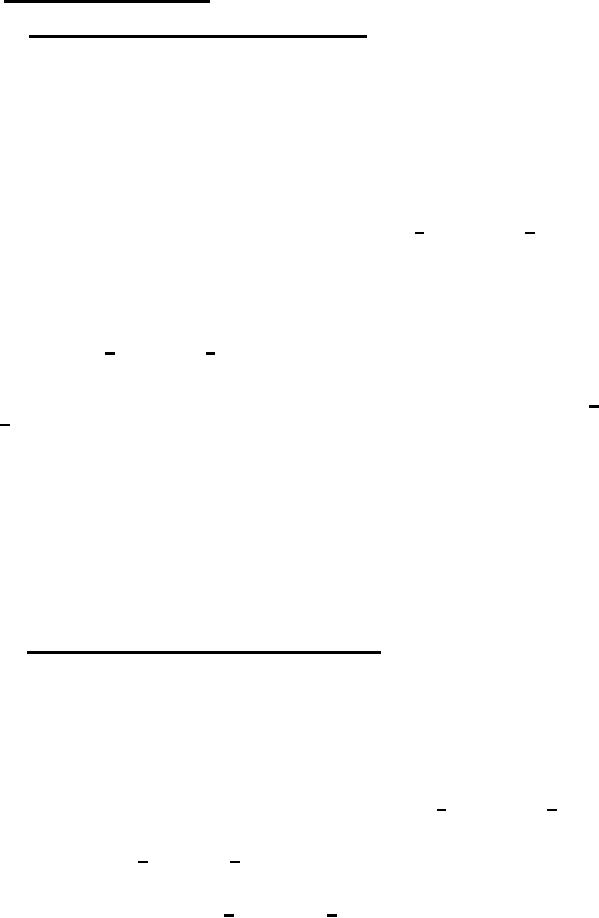 |
|||
|
|
|||
| ||||||||||
|
|  MIL-T-6396E
4.6.22 Low temperature leakage
4.6.22.1 Type I, II, and III fuel and oil tanks. The procedure specified
herein shall be used for types I, II, and III fuel and oil tanks, after the
testing specified in 4.6.6. The tank shall be emptied and the interior of the
cavity in which the tank is installed shall be lined with brown paper, except
for type I tanks which shall, instead, have all joints, seams, and fittings
covered with brown paper to aid in determining leakage.
0
0
a. 135 F (57 C) soak: If the fitting installations were not disassembled at
the conclusion of the test specified in 4.6.6, the soak time during the slosh
and vibration test may be considered as part of this soak period. The tank
shall be completely filled with applicable fluid containing a satisfactory
staining agent and allowed to stand for 7 days at 135F + 10F (57C + 5C).
Fuel tanks shall be filled with TT-S-735, type III fluid; oil tanks shall be
filled with the oil to be used in the service aircraft, except oil tanks
employed in aircraft using an oil dilution system, where 30 percent by volume
of TT-S-735, type III fluid shall be added to the oil.
b. 155F (68C) air dryout: The tank shall then be emptied and subject to an
air dryout at 155F + 5F (68C + 3C) for 7 days.
0
c. -65 F (-54C) soak: The tank shall then be completely refilled with the
0
applicable fluid containing a satisfactory staining agent, cooled to -65 F + 5F
(-54C + 3C) and allowed to remain at this temperature a minimum of 3 days.
The 0 test fluid in contact with the inner liner and fittings shall have reached
0
-65 F (-54 C prior to the 3-day period. The tank shall be suitably
instrumented to monitor the temperature of the fuel in the tank. For fuel
tanks, the test fluid shall be TT-S-735, type I; for oil tanks, the fluid shall
be the oil used in the service aircraft, except for oil tanks employed in
aircraft using an oil dilution system where 30 percent of TT-S-735, type I
fluid shall be added to the oil.
d. Examination: The tank shall then be brought back to room temperature,
drained, and examined internally and externally for any unsatisfactory
conditions or indications of fluid leakage.
4.6.22.2 Types I, II, and III water-alcohol tanks. The procedure specified
herein shall be used for types I, II, and III water-alcohol tanks, after the
testing specified in 4.6.6. The tank shall be emptied and the interior of the
cavity in which the tank is installed shall be completely lined with brown
paper, except for type I tanks which shall, instead, have all joints, seams,
and fitting covered with brown paper to aid in determining leakage.
a. 135F (57C) soak: The tank shall be refilled with the applicable test
fluid specified in 4.5.1, containing a satisfactory staining agent, and allowed
to stand for a period of 7 days at a temperature of 135F + 10F (57C + 5C).
0
b. 155F (68 C) air dryout: T0he tank shall then be emptied and subjected to
0
an air dryout at 155F + 5 F (68 C + 3C) for 7 days.
c. -65F (-54C) soak: Follo0wing the air dryout, the empty tank shall be
0
0
cooled to a temperature of -65 F + 5 F (-54 C + 3C) and allowed to remain at
this temperature for a minimum period of 3 days.
22
|
|
Privacy Statement - Press Release - Copyright Information. - Contact Us |